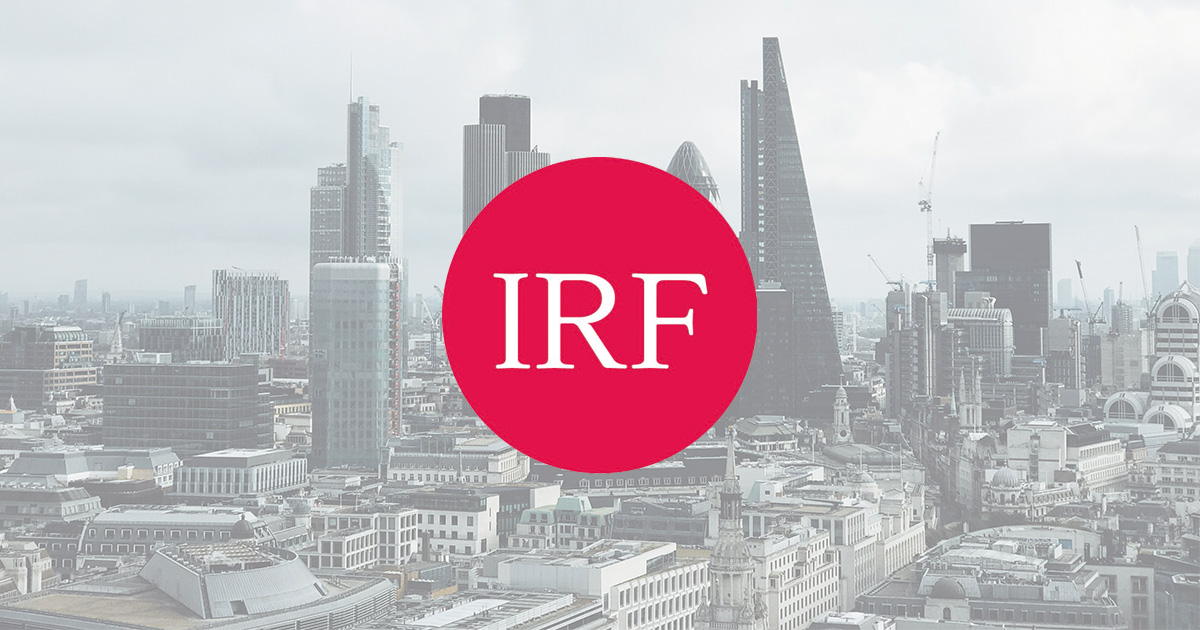China Factors in Base Metals
PRC Macro
Wed 18 Aug 2021 - 15:00
Summary
William Hess began with an overview of where we are in the cycle and where the balance of risks lies. To stabilise growth cycles in China President Xi has hinted that they will begin to rely on fiscal stimulus to allow smooth growth into 2022. Policy makers fully understand that relying on fiscal stimulus brings a lot of risks, however, they seem content to push responsibilities of stabilising to quarter 1 next year when there will be fresh quotas for special bonds and credit. Song Gao summarised how China’s medium-term shift from active to passive restocking reflects the deceleration of downstream demand. This destocking is caused by rapid deceleration of 21% year-on-year of ‘new-starts’ in China’s property market, which is the primary driver for much of the commodity demand. PRC Macro have a very bearish view on steel, iron ore and copper. In the case of steel, China wanted to manage growth in production to zero but instead saw 10% growth. This leads to an expectation of a more aggressive approach to production cuts in the coming quarter. However, it does not seem realistic that they will be able to cut production enough to offset the decelerating demand, leading to a supply gap. Falling demand in the property market will reduce demand for iron ore and copper, leading to a bearish outlook on these commodities also. PRC Macro are more positive on thermal coal where demand has been increasing due to rising incomes and a persistent pattern of off-peak in hydro power production by up to 30% in October. Production has ramped up though with Chinese officials asking for the re-opening of old coal mines, however, it seems supply cannot match the rising demand. PRC Macro see a structural shortage of thermal coal supply especially in winter months when household power consumption drastically rises meaning their outlook on thermal coal is relatively positive.
Topics
Chinese manufacturing inventory cycle
Property trends
Developer financing
Decarbonisation drive
Cobalt, Lithium, Copper demand
